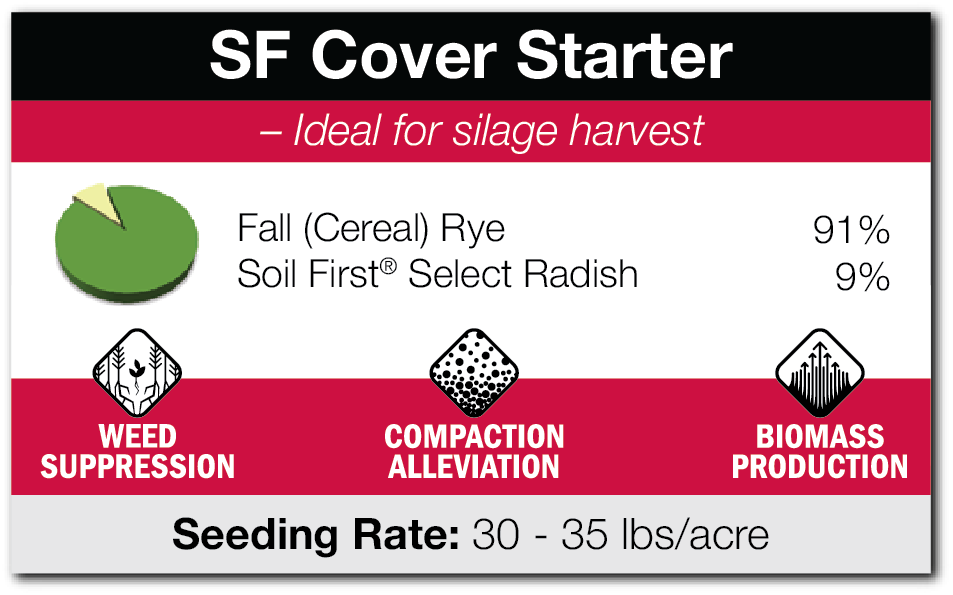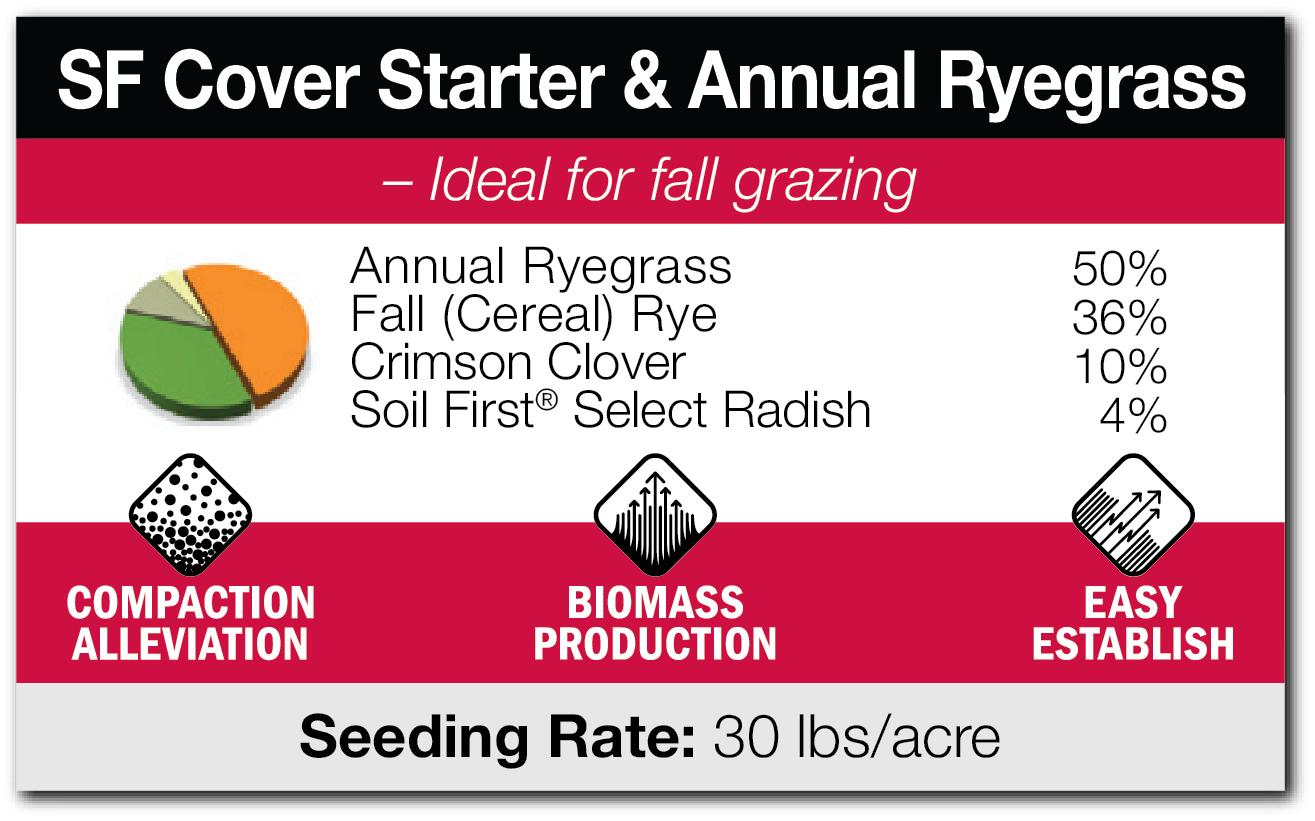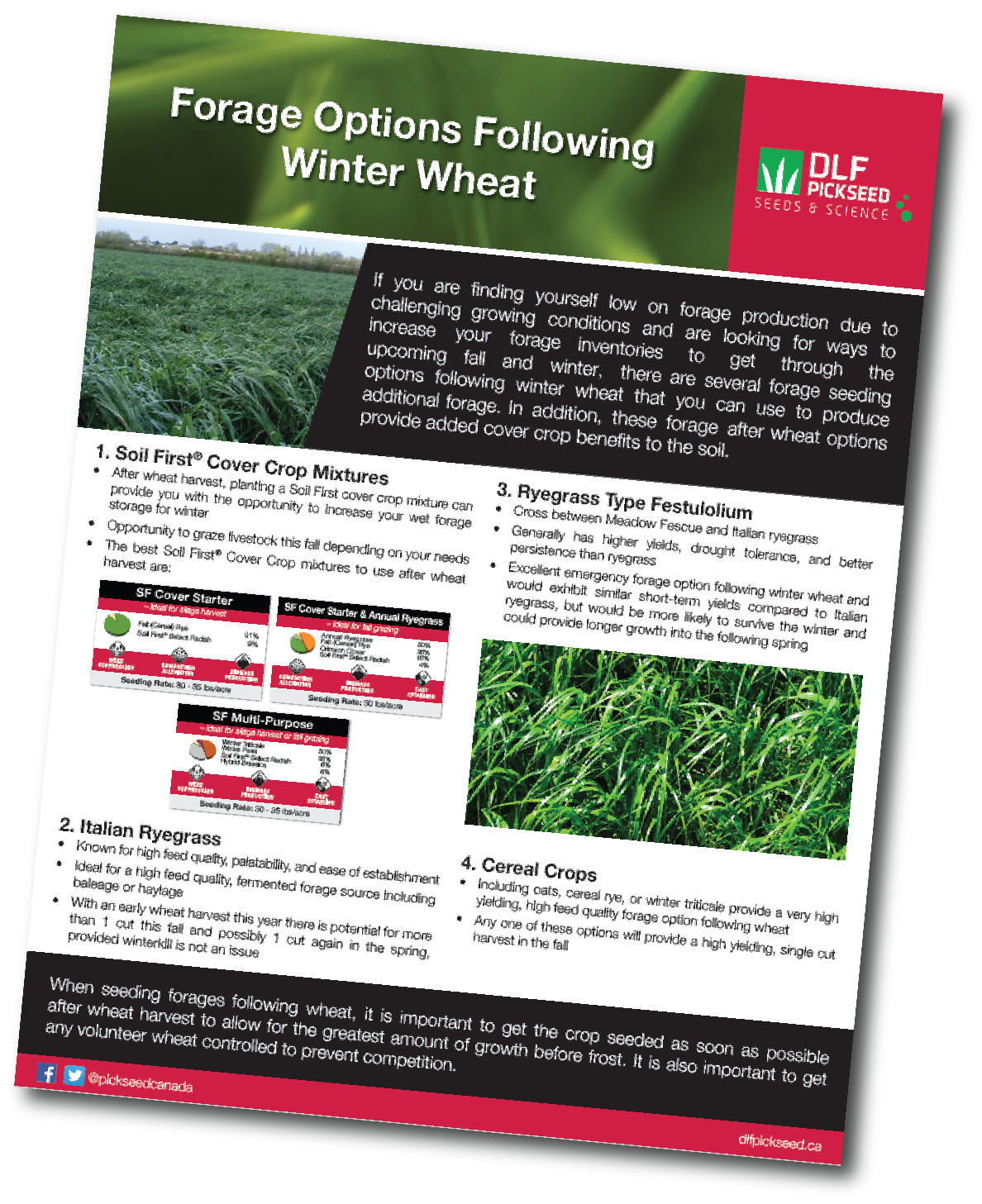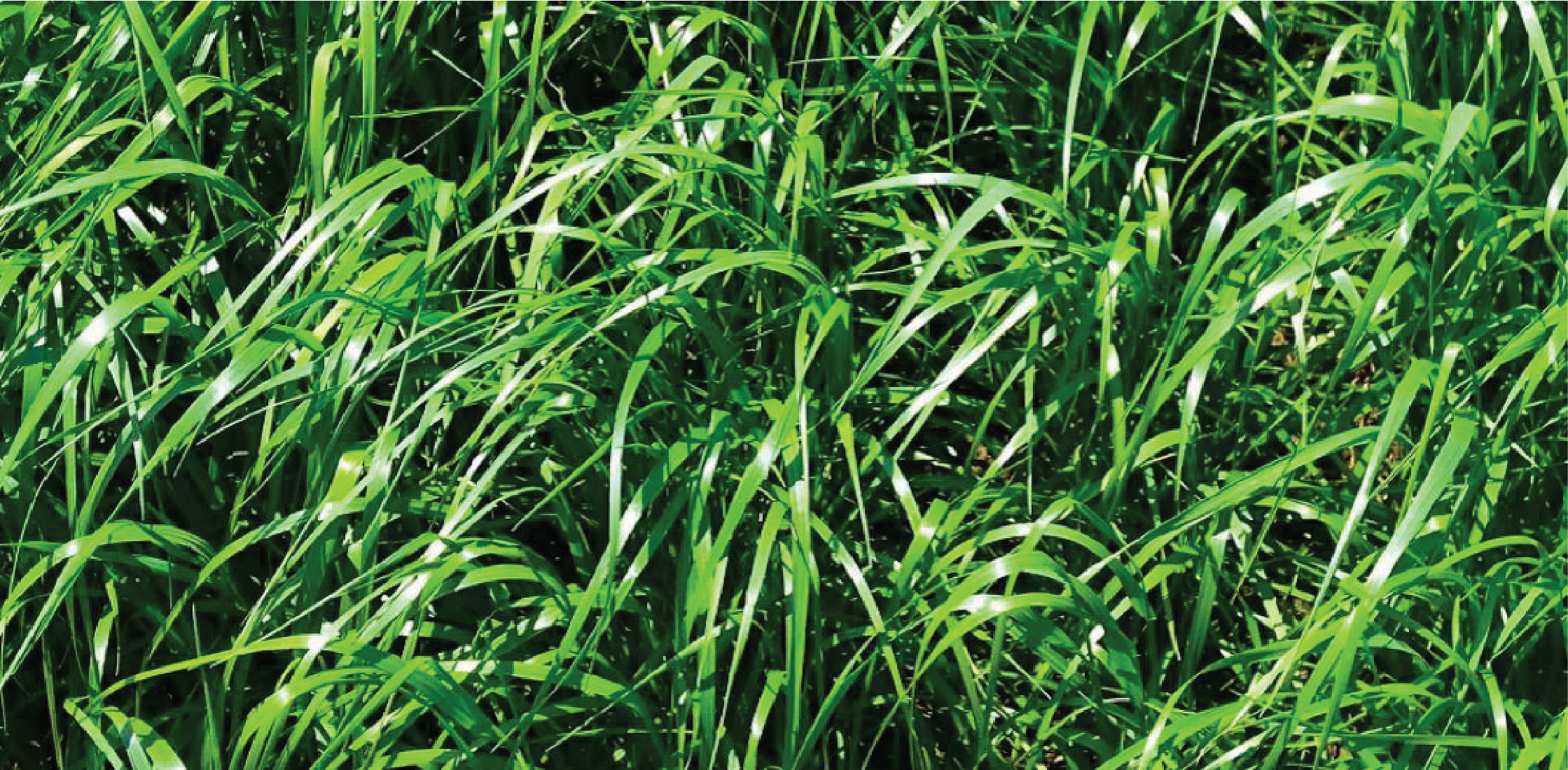Forage Options Following Winter Wheat
If you are finding yourself low on forage production due to challenging growing conditions and are looking for ways to increase your forage inventories to get through the upcoming fall and winter there are several forage seeding options following winter wheat that you can use to produce additional forage. In addition, these forage after wheat options provide added cover crop benefits to the soil.
1. Soil First® Cover Crop Mixtures:
- After wheat harvest, planting a Soil First cover crop mixture can provide you with the opportunity to increase your wet forage storage for winter
- Opportunity to graze livestock this fall depending on your needs
- The best Soil First® Cover Crop mixtures to use after wheat harvest are (Click icon to learn more):
 |
 |
 |
- Known for high feed quality, palatability, and ease of establishment
- Ideal for a high feed quality, fermented forage source including baleage or haylage
- With an early wheat harvest this year there is potential for more than 1 cut this fall and possibly 1 cut again in the spring, provided winterkill is not an issue
- Cross between Meadow Fescue and Italian ryegrass
- Generally has higher yields, drought tolerance, and better persistence than ryegrass
- Excellent emergency forage option following winter wheat and would exhibit similar short-term yields compared to Italian ryegrass, but would be more likely to survive the winter and could provide longer growth into the following spring
4. Cereal Crops
- Including oats, cereal rye, or winter triticale provide a very high yielding, high feed quality forage option following wheat
- Any one of these options will provide a high yielding, single cut harvest in the fall
- Contact us for a pricing on these products
When seeding forages following wheat, it is important to get the crop seeded as soon as possible after wheat harvest to allow for the greatest amount of growth before frost. It is also important to get any volunteer wheat controlled to prevent competition.


